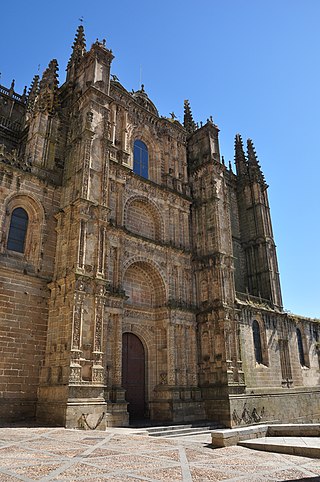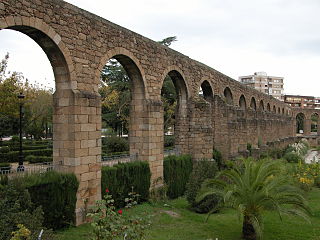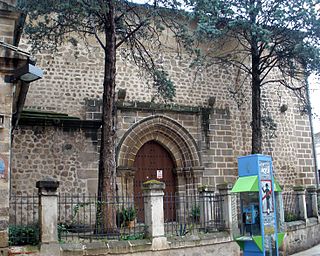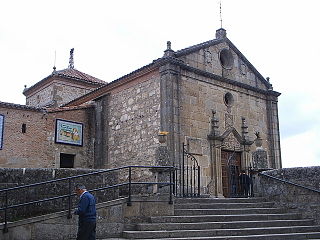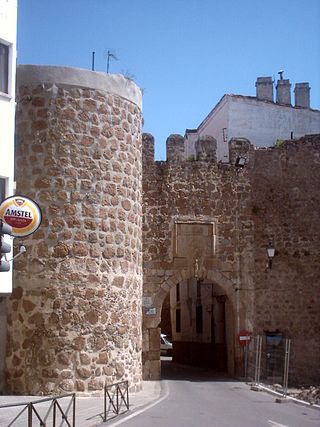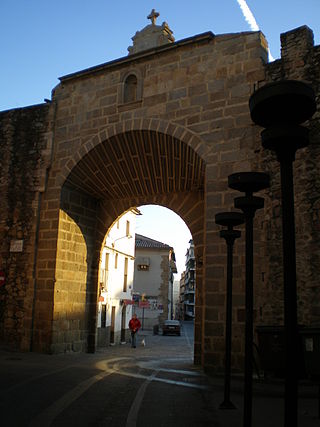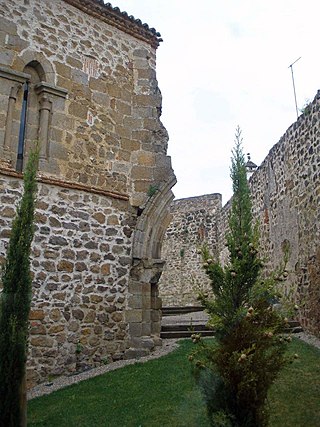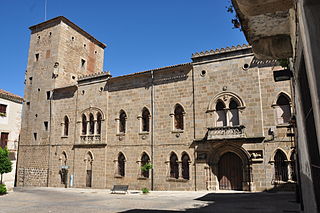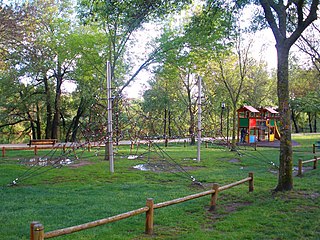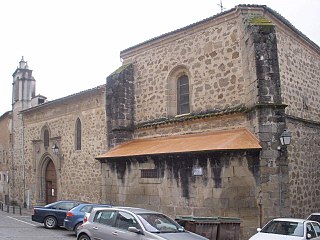10 Sights in Plasencia, Spain (with Map and Images)
Legend
Premium Sights
Book tickets, guided tours and activities in Plasencia.
Guided Free Walking Tours
Book free guided walking tours in Plasencia.
Welcome to your journey through the most beautiful sights in Plasencia, Spain! Whether you want to discover the city's historical treasures or experience its modern highlights, you'll find everything your heart desires here. Be inspired by our selection and plan your unforgettable adventure in Plasencia. Dive into the diversity of this fascinating city and discover everything it has to offer.
Sightseeing Tours in Plasencia1. Catedral de Plasencia
The cathedral of Plasencia or cathedral of Santa María is the common name given to the episcopal see of the diocese of Plasencia, a diocese of the Roman Catholic Church that extends its jurisdiction over parts of three provinces in western Spain. It is not a cathedral properly speaking in the sense of a single religious temple or large church, but a complex of religious, residential, museum-cultural and administrative buildings with several centuries of history, around which the center of diocesan life develops.
2. Los Arcos de San Antón
The aqueduct of Plasencia is one of the most representative monuments of Plasencia. It is located in the northern part of the city, near the old barracks. This pipe is not of Roman origin but was built in the sixteenth century by Juan de Flandes, as a substitute for another from the twelfth century and which passed through the current neighborhood of La Data.
3. Iglesia de San Esteban
The Church of San Esteban is a Roman Catholic church in the Spanish city of Plasencia, in the province of Cáceres. It is located very close to the Plaza Mayor and gives its name to the small square in front of its main entrance. It was built in the fifteenth century and has a Gothic apse and a Plateresque-Baroque main altarpiece. José María Gabriel y Galán got married here and there is a commemorative plaque that remembers that fact.
4. Santuario Virgen del Puerto
The sanctuary of the Virgen del Puerto is located about five kilometres from the centre of the city of Plasencia, in the Valcorchero pasture, in a place of canchos and cork oaks, on the port of the road that linked the city with the Roman road Vía de la Plata.
5. Puerta Berrozana
The Berrozanas Gate is a monumental gate located on the wall of the Spanish city of Plasencia, in the province of Cáceres. It receives its name because it is located at the exit of the fortification of the road that gives access to the Berrozanas pasture, belonging to the neighboring municipality of Oliva de Plasencia. It is located on the western side of the wall, being connected to the Plaza Mayor by Berrozana and Los Quesos streets. Although it has medieval origins like the rest of the wall, its current Renaissance appearance dates from some renovation works that took place in 1571.
6. Puerta del Sol
The Puerta de Sol or Puerta del Sol is a monumental gate located on the wall of the Spanish city of Plasencia, in the province of Cáceres. It receives its name because it is located on the eastern side of the fortification, being connected to the Plaza Mayor by Calle del Sol. Although it has medieval origins like the rest of the wall, its current Renaissance appearance dates from renovation works that took place in 1573.
7. Iglesia de La Magdalena
The Church of La Magdalena is a historic building of medieval origin located in the Spanish city of Plasencia, in the province of Cáceres. The building was initially built as a late Romanesque Catholic temple and was one of the parishes of the city until the Peninsular War, when it was left in a ruinous state. Since 2013 it has been used as a cultural centre under the name of Centre for the Promotion of Crafts of Extremadura.
8. Palacio de los Monroy
The Monroy Palace or House of the Two Towers is a fourteenth-century palace located in the Spanish city of Plasencia, in the province of Cáceres. Together with the castle of the town of the same name, it was originally one of the two main seats of the House of Monroy, a powerful noble family from Plasencia that came to accumulate several lordships in various places in the current province.
9. Parque de la Isla
The Parque de la Isla is a municipal public park located in the Spanish city of Plasencia, in the province of Cáceres. It receives its name because it is a fluvial island located in the urban section of the Jerte River.
10. Convento de San Ildefonso
The convent of San Ildefonso is a historic building from the fifteenth century located in the Spanish city of Plasencia, in the province of Cáceres. It was used as a convent for nuns, originally of the Second Order of St. Francis and in its last century of the Order of the Immaculate Conception, until in 2014 it was decided to exclaustrate it because there were not enough nuns to maintain it. Since then, the diocese of Plasencia has provisionally managed the building to give it to a new congregation that is interested in inhabiting it.
Share
How likely are you to recommend us?
Disclaimer Please be aware of your surroundings and do not enter private property. We are not liable for any damages that occur during the tours.
